With the return of Steve Jobs, Apple had established itself as a unique brand – a leader in a whole range of aspects, including a highly detailed overall user experience. However, for some time now, another trend has been emerging.
You have already heard Apple customers praise the overall experience of the company's products many times. For a long time, in fact, whether on iPhone, iPad, or Mac, the apple company cultivated its difference thanks to a neat software part, perfectly optimized for the hardware also designed by the company. Apple has not always been, strictly speaking, the holder of the gold medal for the latest innovations in its products.
After all, the latest iPhones do not always have the right to everything that the Android competition offers. But the strategic choices of the company, in concert with a simple lineup, and an ecosystem that is certainly closed but particularly provided - formed a particularly attractive recipe.
Apple Intelligence struggles to create a real call for air
But as time passes, the apple company seems to give the impression of moving away from the guideline driven by Steve Jobs. To the point that the image of its products, as well as the visibility of the catalog, are starting to suffer. The first problem comes precisely from Apple's ability to take the big turns of innovation at the right time.
We can cite the HomePod, which arrived both too late and too expensive, with an experience centered on iPhones. The mini version, with a lower price, has since tried to attract a wider audience, in a market largely won over by Amazon Echo and Google speakers. Apple has also jumped on the AI train with a certain delay compared to Samsung, Google, and Android manufacturers.
Apple Intelligence is coming, certainly – including in France. But its potential remains unfulfilled. Many major features, including a truly AI-based Siri assistant, are missing. While the Android competition already offers much more in this area. Apple seems to be trying to catch up with the competition here, rather than establishing itself as the benchmark for the market.
The Vision Pro misses its target, despite some good ideas
Between its prohibitive price, its limited battery life, and its size, the Vision Pro has somewhat disappointed. In any case, those who expected Apple to “show the competition” how to establish such a product in the mass market. Not that the headset didn’t put good ideas into practice.
In terms of interface, from gestures to design, VisionOS remains a model of its kind. After the first hour of use, however, the headset turns out to be heavy, quite unpleasant when it’s hot. Above all, neither the user's persona, nor their eyes visible in some cases on the external part of the headset, manage to avoid a disconnection with the people around them.
And that's not all: even when we come back to the iPhone, the company's best-selling product, the comparative advantages over the Android competition are much less obvious over the generations. First on the power of the latest Apple chips. In the past, the company enjoyed a comfortable lead in terms of raw performance - around 1 or 2 generations on the latest Qualcomm chips.
But the gap has narrowed considerably. To the point that today, in terms of responsiveness, launching or running applications, there is no longer really any perceptible difference between iPhones and the Android competition. The iOS interface itself suffers from a surprising number of bugs, especially older iPhones.
Apple's product catalog is becoming less readable
And by adopting an increasing number of Android features, particularly around customization, the platform seems to increasingly blend into the crowd. All this is complemented by a catalog that has become rather complex again, giving less visibility to the major points of the firm's flagship products. We can cite in this regard the range of iPads, which has become rather difficult to read for the consumer.
Or that of the iPhone, especially since the release of the iPhone 16e. A €719 device giving access to the A18 chip, while delivering an older screen, and a more limited photo part. The product is launched even though the iPhone 15 (€869) remains in the catalog. And that the latter offers an older A16 chip, at the same time as a more recent screen with Dynamic Island. Not easy for all customers to find their way around!
Ultimately, this phase in the life of the firm's products is reminiscent of the years preceding the return of the late Steve Jobs. Apple's lineup was then too complex, unclear, generated exorbitant costs and failed to create the magic that the company was able to establish later. Apple sought to maximize its sales by segmenting the market, before understanding, quite late, that this strategy was counterproductive.
Today, the company enjoys a comfortable capitalization and a war chest that allows it to face the future more serenely. The fact remains that we can only regret this loss of "enchantment" in Apple products. Especially since this trend is not really showing any signs of inflection under Tim Cook - and that it would theoretically have to make major changes of direction to reverse the trend.

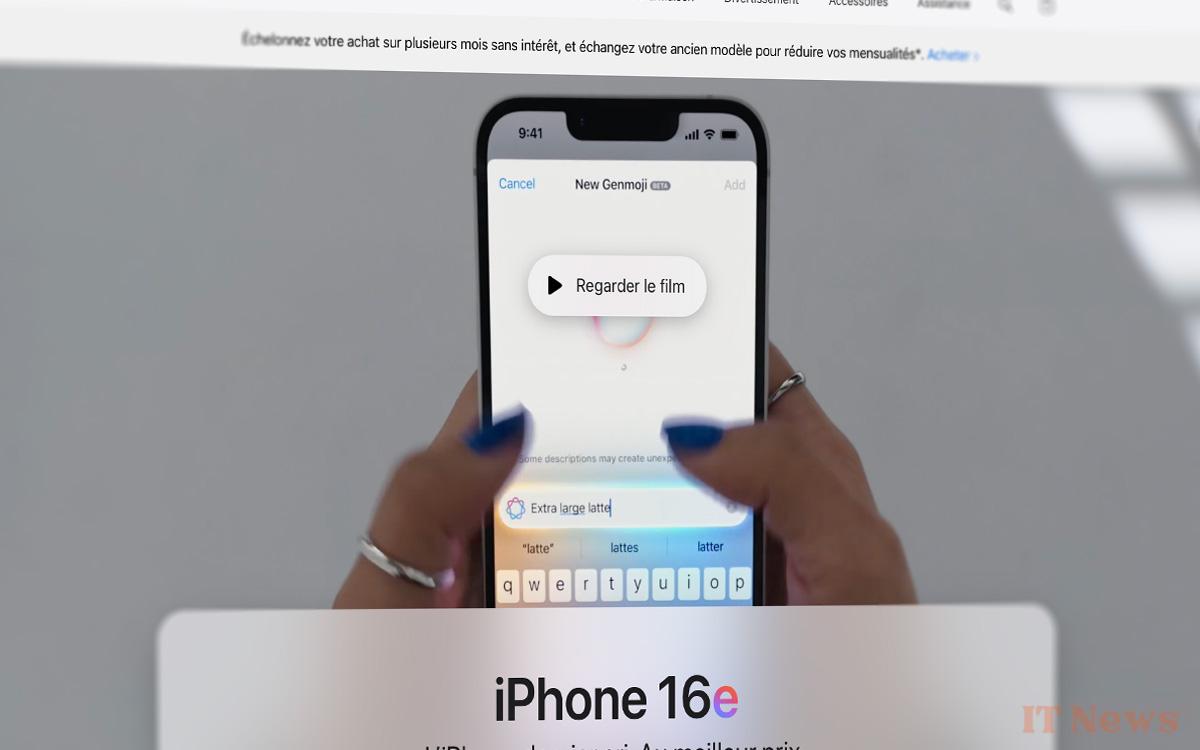
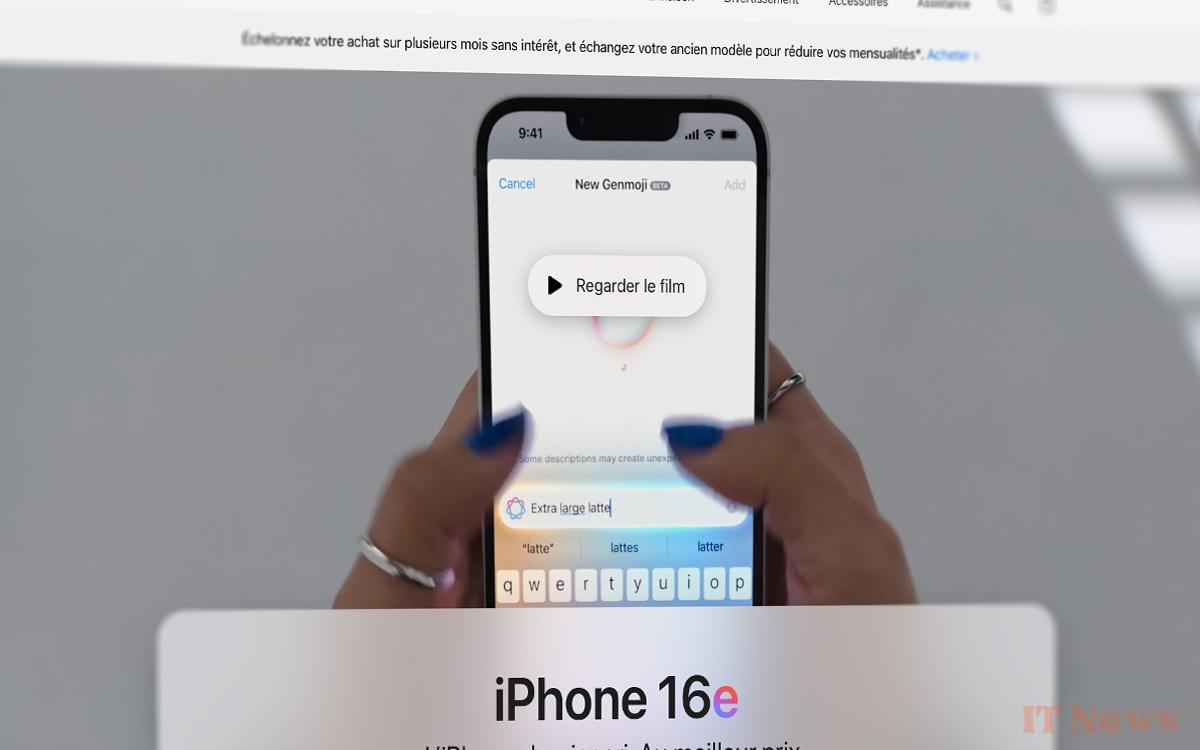
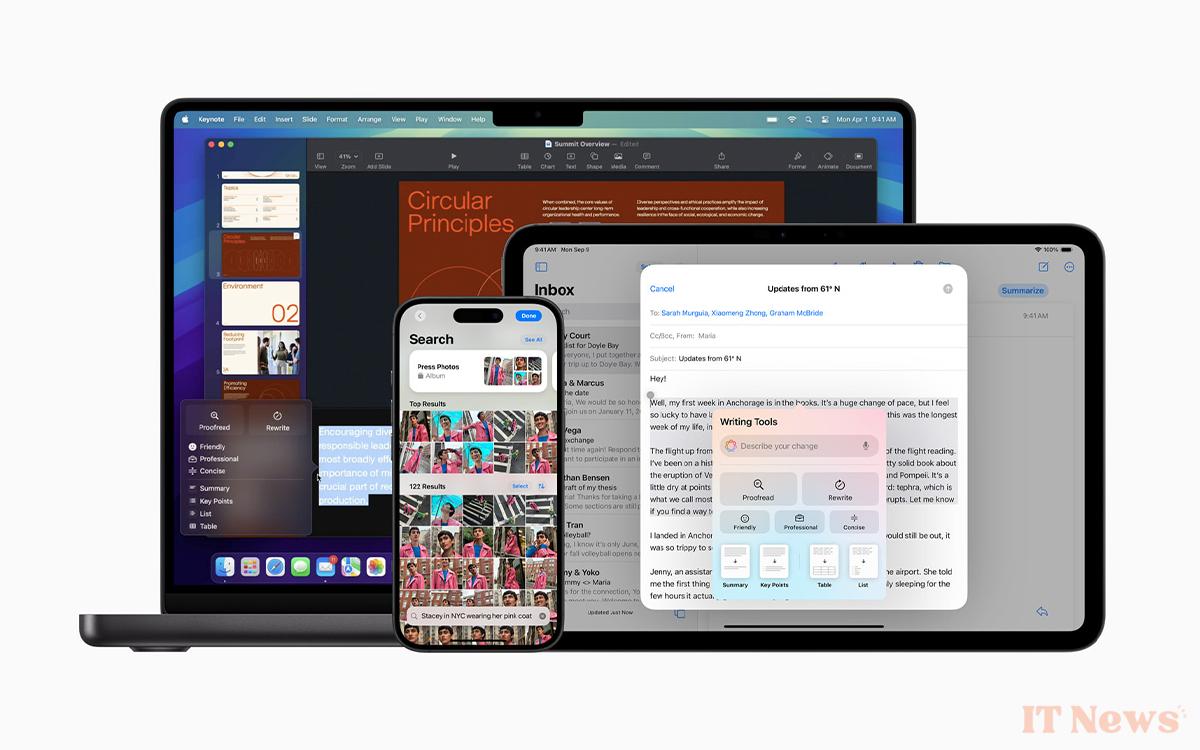
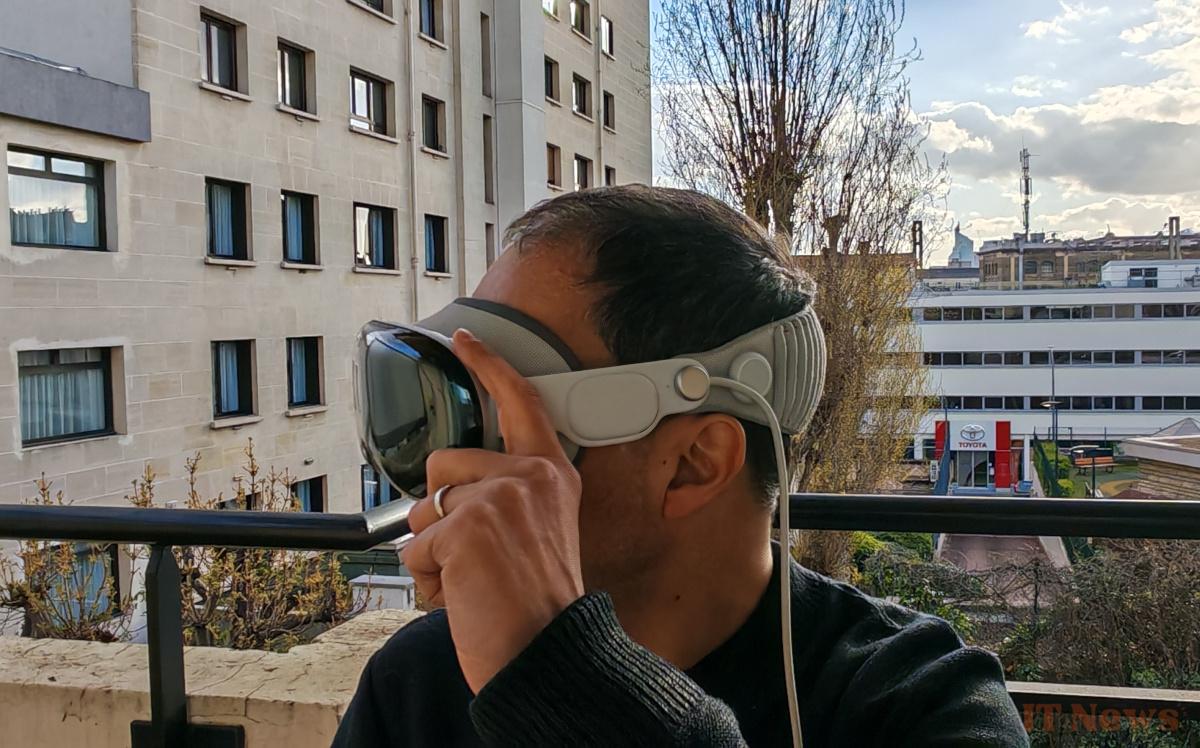
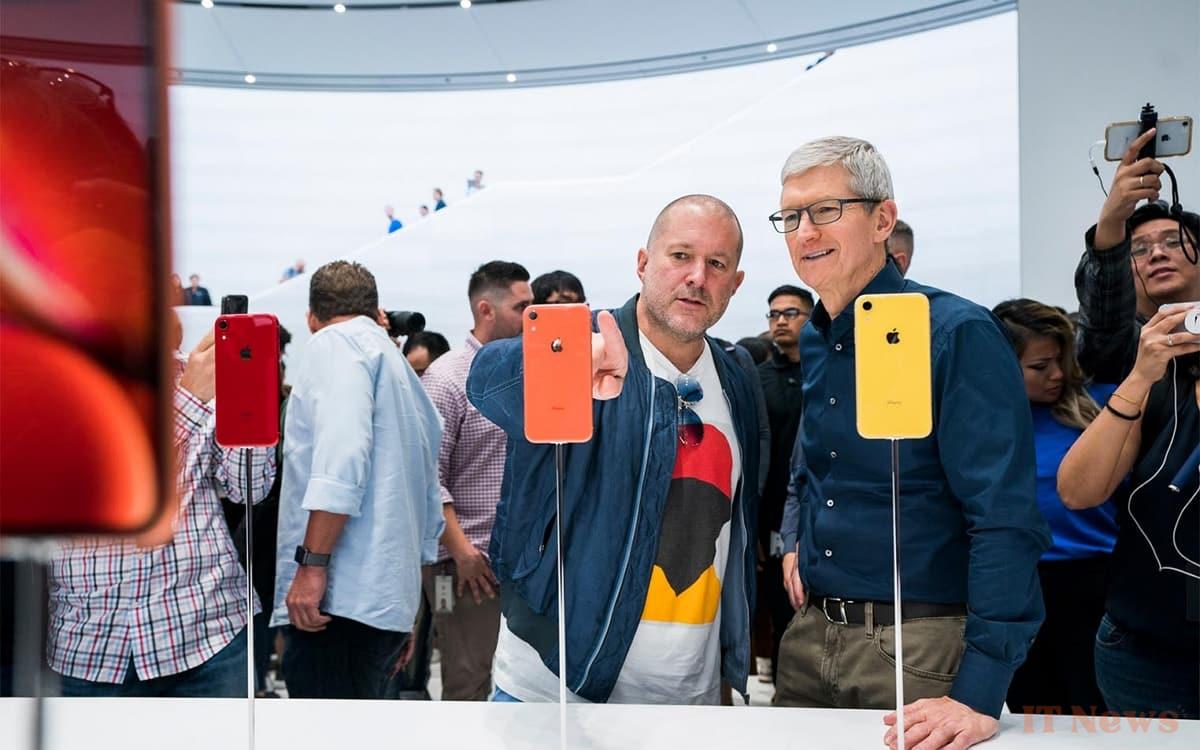

0 Comments